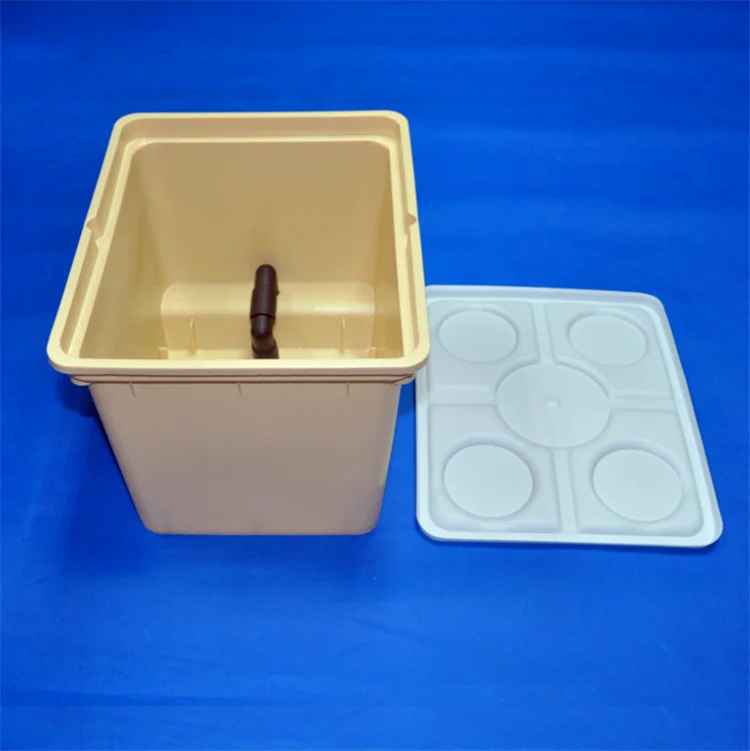

While Bato bucket systems can be created using parts thrifted or bought from a hardware store, Theodore recommends buying a prefabricated system, which is more convenient and often ends up being more cost-effective in the long run. While recirculating systems are possible and do conserve a bit more water and nutrients, the solution must be monitored and adjusted as plants take up nutrients flow-to-waste systems are simpler to manage as growers can mix one consistent solution on a scheduled basis. The flow-to-waste set up is often preferred by growers when used correctly, irrigation and nutrients can be formulated and run with great precision. Growers may run both lines to and from a sump, using a recirculating system, or simply run the drain line to waste. “Once you understand the basic patterns of how the buckets are designed to work,” says Theodore, “you then have to procure and manage each individual part of the three major components.”Īssembled, a Bato bucket system is typically set up with buckets staggered on a bench or the floor, with the feed line running water to the buckets from above, and the drain line (or return line) running water away from below. The rest of the design varies based on layout and materials but is pretty simple. Main feedline tubing (poly tubing will work).Pump ( Active Aqua will work for most systems).You never know if you’ll find a winner until you try it! Bato buckets use a simple 3-part designīato beginners can design a system focusing on three main parts, each with its own components: Feedlines

Bato buckets allow for almost any indeterminate or even perennial crop to be grown…”Īs always, we also encourage growers to try out new crops in their systems. Theodore Huggins from CropKing explains that these crops are simply “the most common, most cultivated, and with the most data collected. These aren’t the only types of crops that have been grown in Bato buckets, however. Many of these crops can be trellised and trained upward, creating rows of tall towering plants which are easy to access and monitor. The most popular crops for Bato buckets are large and/or vining crops like tomatoes (most hydroponic tomatoes sold in stores have been grown in Bato buckets), cucumbers, peppers, and eggplant. They’re a great technique for the blooming hydroponic grower or anyone learning to design different systems.
3 GALLON BATO BUCKETS SERIES
Bato buckets, or “Dutch buckets,” are a variation of the media bed technique that consists of a series of small media beds (in buckets).


 0 kommentar(er)
0 kommentar(er)
